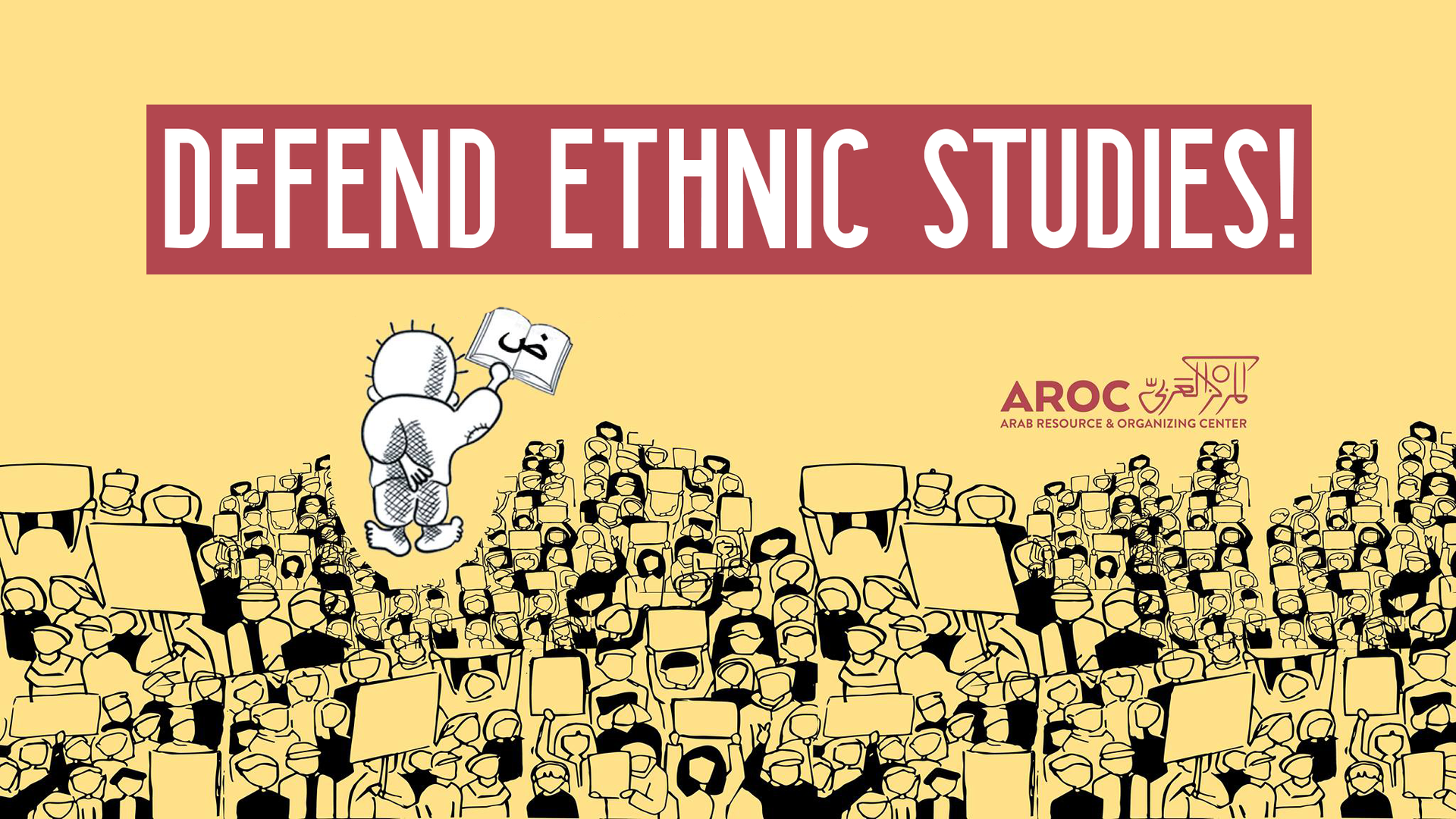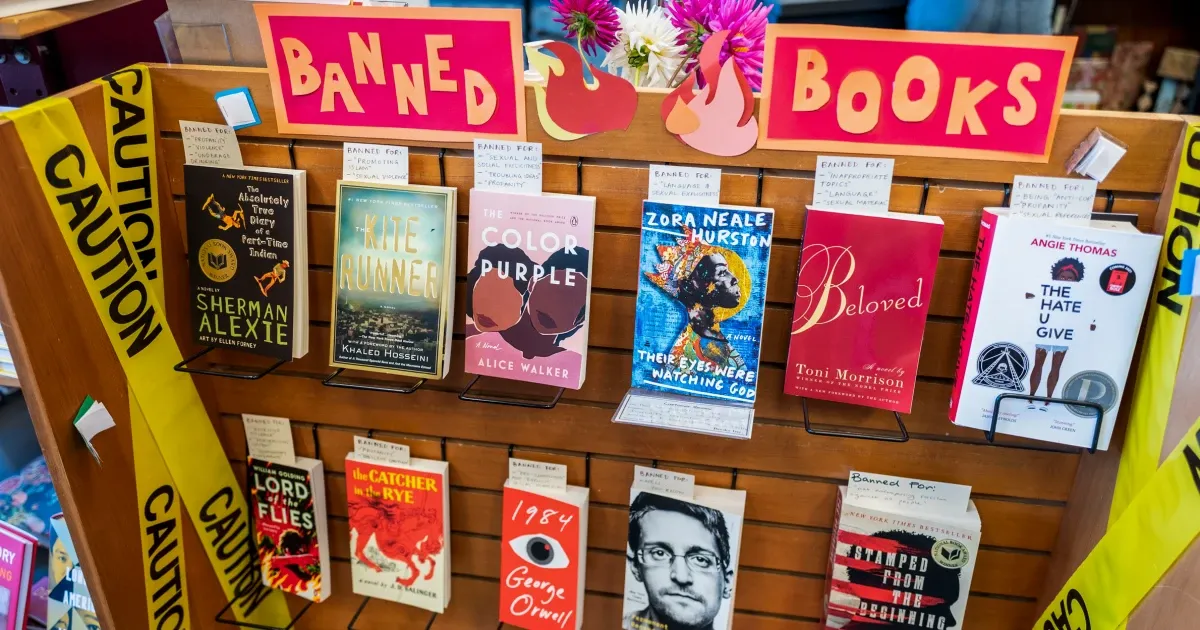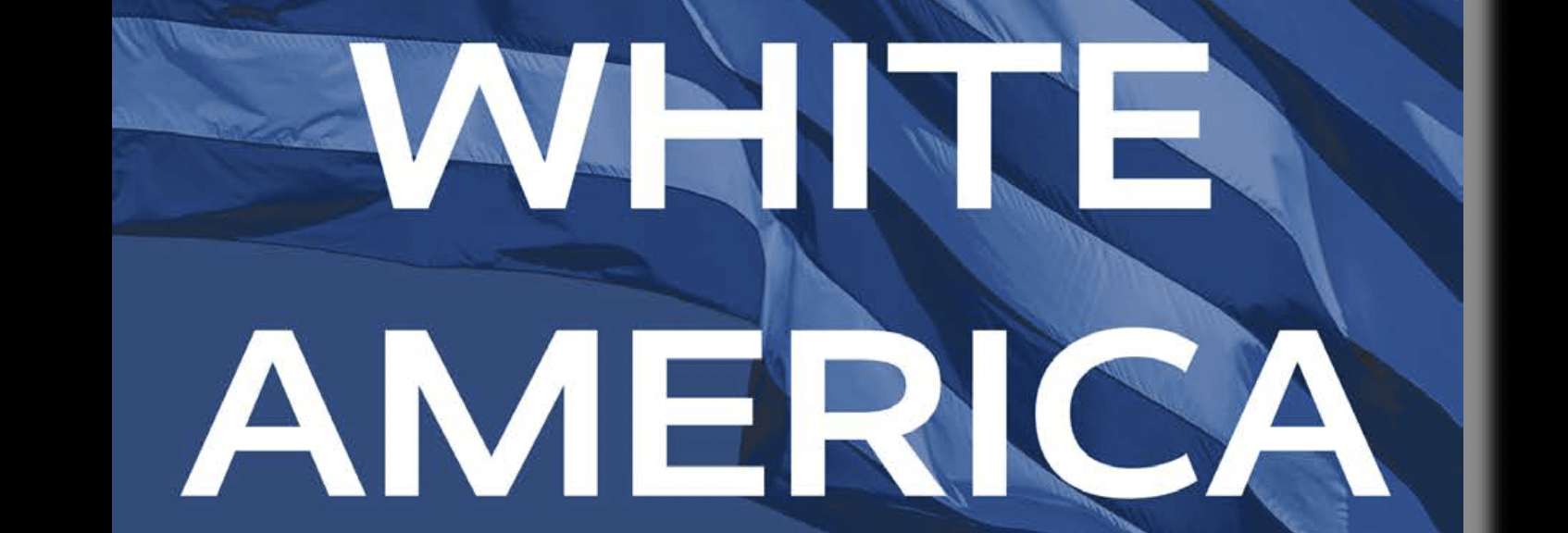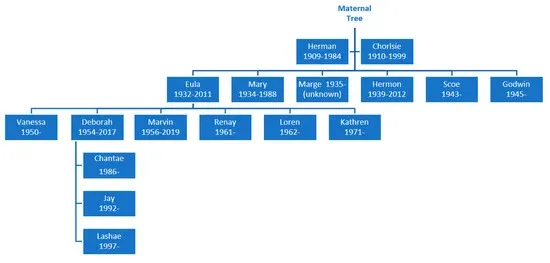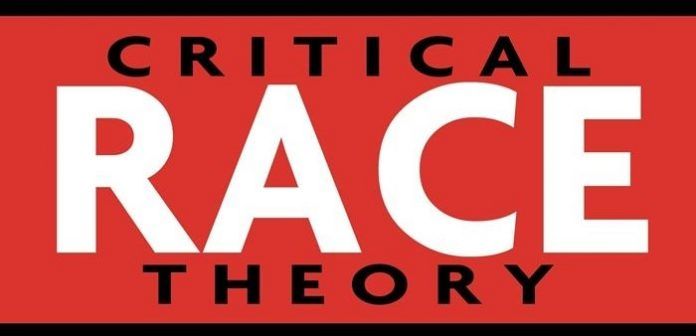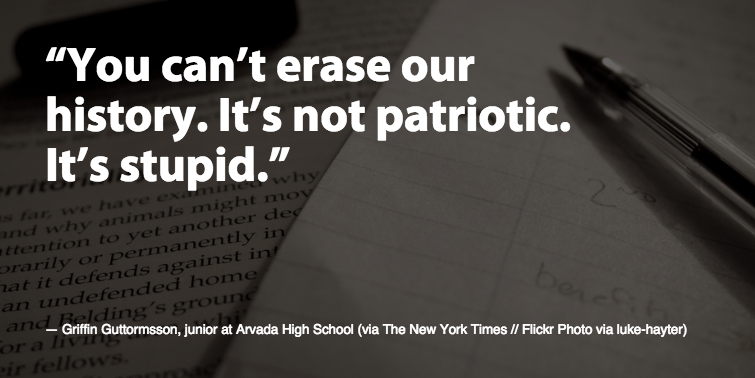Playbook for Obscuring Truth
How did the tobacco industry sow doubt about the research-documented link between smoking and lung cancer? Why are we still debating the link between human activity and global warming?
In a recent conversation, a colleague and I began to explore connections between the anti-Critical Race Theory movement, and science denial. (For an excellent examination of the latter, see Science Denial by Gale Sinatra and Barbara A. Hofer.) I was directed to the book Merchants of Doubt (by Naomi Oreskes and Erik M. Conway), which lays out the playbook created by the tobacco industry, and has been applied since then to sowing doubts about other science-documented problems. Essentially, the playbook is this:
When research evidence begins to undercut an industry or a way of life that some people are benefiting from greatly, the industry or benefiting group begins to seek out credible spokespeople who will cast doubt on what has otherwise become a consensus. To be credible, the doubters need to be scientists themselves, or otherwise members of the community that has been marshaling the unwelcome evidence.
The doubters then gain access to the media, who report the doubts and cast the issue as still open to debate, even if it isn’t. They do this by pointing to exceptions and contrary evidence, exploiting claims of causality, and using hot button terms. Most journalists aren’t experts, but journalists relish having a good story. Journalists strive to present both sides, even if there isn’t really another side that has much evidence or credibility. The public, unaware of the research, learns about the issue from how the media report it—as a debatable issue with many unresolved questions.
Much the same playbook being used to generate fear and backlash as white people lose control over a nation whose population continues to diversify. The strength of a multiracial coalition of voters put an African American man into the White House twice. By the mid 2040s, the nation is predicted to be majority “minority.” How will white people fare, especially if rules and norms that are biased in favor of whites are changed? Behold the disinformation campaign that has resulted over the past three years:
When research evidence as well as narratives by people of color undercut the claim that systemic racism does not exist, many white people begin to seek out spokespeople who will cast doubt on its existence. To be credible, those spokespeople need to be people of color themselves, and/or people who have studied racial issues.
The doubters gain accessed to the media, who report the doubts and cast the issue as still open to debate, even after those who study race agree that the existence of systemic racism is clear. They do this by pointing to exceptions (people of color who made it on their own) and contrary evidence (e.g., DEI training that went badly), and exploiting claims of causality, and using hot button terms. Most journalists aren’t experts, but journalists relish having a good story. Journalists strive to present both sides, even if there isn’t really another side that has much evidence or credibility. The public, unaware of the research, learns about the issue from how the media report it—as a debatable issue with many unresolved questions.
In September of 2020, when Chris Rufo was invited to appear on Tucker Carlson’s Fox news show, this playbook sprang into action for the field of education. Here’s what happened:
Research evidence as well as narratives by people of color document that systemic racism exists (the books and articles reporting research are voluminous). In education, systemic racism includes factors like tracking, school segregation, Euro-centric curriculum, an overwhelmingly white teaching force, discipline policies, etc. (Again, voluminous research publications for each of these; my work has synthesized research related to curriculum; see for example What the Research Says about Ethnic Studies).
Many white people who worry that addressing these factors will harm white children seek out spokespeople who will cast doubt on the existence of systemic racism in education. The doubters gain accessed to the media, who report the doubts and cast the existence of racism as still open to debate. They do this by pointing to exceptions (students of color who excelled in traditional schools, particularly Asian students) and contrary evidence (e.g., anti-racist teaching that went badly), and by using hot button terms (critical race theory; pornography).
The right has used this issue to mobilize white parents to resist or overturn equity-oriented school policies, and to vote for MAGA candidates.
What should be done? In agreement with authors of the books mentioned above, I believe that those of us in the research community need to give much more attention to synthesizing what the research says in terms lay people can understand, and put this work in places where they will encounter it. I gave a lecture for a lay audience in my community recently, which was very well received. Attendees had heard various things about “critical race theory” in the news, but didn’t know what to make of it until I clarified what critical race theory is, what systemic racism is, and how this controversy has been manufactured.
Research alone will not change everyone. Race and racism evoke strong emotions; many people hold opinions they are strongly wedded to. But more communication about what the research says for a broad audience will help.
Christine Sleeter
